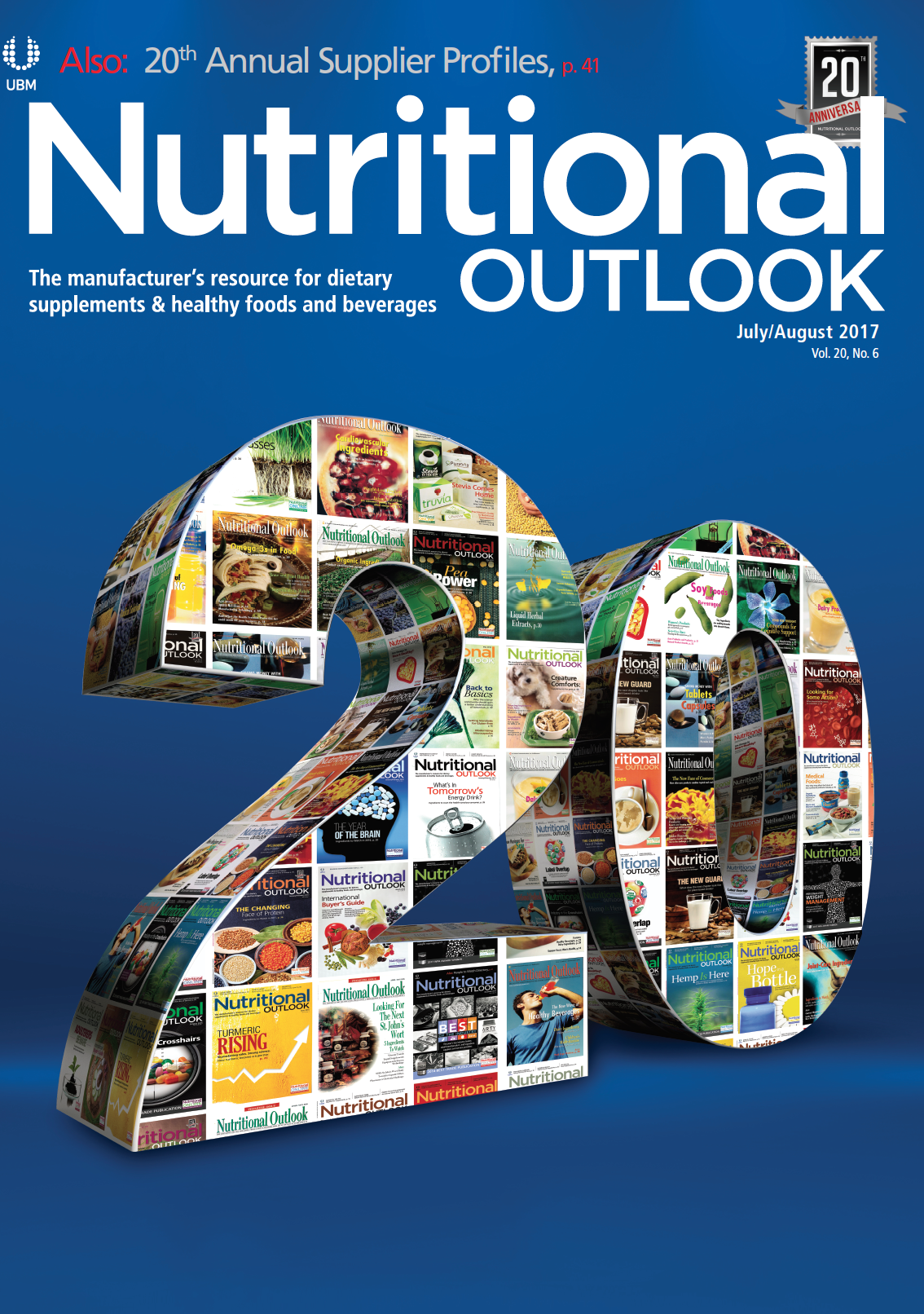The Evolution of the Natural Products Market
A longtime natural products marketing expert reminisces on the evolution of the natural products arena.
Photo © Shutterstock.com/bixstock

By Suzanne Shelton, Managing Partner, The Shelton Group
Although I can’t quite believe that it’s been 20 years since Nutritional Outlook launched, and nearly 30 years since I joined the natural products industry, looking at how much the industry has evolved confirms it: today’s natural products industry is quite different than it once was. Much has changed, particularly in the tools people use to get and give information. And yet, in other ways some things have not changed at all.
Let’s take a trip back and remember the state of the industry when Nutritional Outlook was launched. Twenty years ago, we were still sorting out how the industry should and would operate under the Dietary Supplement Health and Education Act (DSHEA). It would be many years before FDA actually provided guidance on how the agency intended to implement the law.
Large companies in the OTC sector saw opportunity and begun entering our space, bringing a more sophisticated approach to manufacturing and product testing, among other practices. Many existing companies were acquired or flooded with investment dollars. The mass market started to look like a much more viable sales channel for nutritional products. The number of product offerings grew and would continue to escalate. The range of quality variables expanded, the supply chain got longer and more complicated, and those willing to cheat found a lot of new and creative ways to do so.
The number of ingredient companies actually investing in science was still small; yet, the number of those claiming to invest in science was growing. Healthy-lifestyle consumers shopped at health food stores, and that relatively small constituency brought its values into the store when choosing products. Whole Foods and Fresh Fields “super naturals” chains had recently disrupted the health food channel dramatically, and were converting new shoppers.
The industry went from having three trade magazines focused primarily on natural channel retailers in the early 1990s, to eight that addressed specific aspects of the broader industry by the end of that decade. E-mail was becoming a more common way to communicate, but communication was still mostly done via phone and fax. And the name Amazon still largely referred to either a river or a legendary female warrior; few had heard of the small Internet start-up bookseller in Seattle.
Then, as now, the trade publications were a powerful conduit to reach a B2B audience and convey your message, but the proliferation of content marketing options in 2017 presents remarkable opportunities. For brands and ingredient companies who want natural-channel retailers to know about and sell their offerings, several trade publications target that audience. For ingredient companies and service providers, there are many options to tell your story via PR and advertising. Companies that invested in publishing books on the research behind their products were rare 20 years ago; today, producing seminars, infographics, and e-books is a common component of marketing programs.
How consumers get their information, and the volume of information they access, has changed dramatically since 1998. It’s no surprise that “transparency” is both a call to action and a marketing tool, given how informed consumers can be today. Company websites have to be optimized for mobile devices. Social media programs are key to consumer marketing as well as monitoring for potential PR problems and addressing any that occur. And forget using mainstream media to reach consumers; they’ll just throw the term unregulated into the copy, even if they do agree to write about your products. Bloggers and social media are today’s avenue to reach consumers who may be interested in your products.
What has not changed-and is more important than ever, given consumers’ broad access to information today-is the importance of the substance behind products, research to prove efficacy claims, and company-demonstrated best practices. Consumers want to believe in the values of a company before giving their loyalty to a brand, and that’s one important practice that is now mainstream.
Suzanne Shelton is managing partner of The Shelton Group (Chicago). The Shelton Group specializes in marketing and PR services for product manufacturers and ingredient suppliers in the natural products industry.
Also read:
Is 2017 a Better Year for Dietary Supplements than 1998?

Prinova acquires Aplinova to further increase its footprint in Latin America
April 7th 2025Prinova has recently announced the acquisition of Brazilian ingredients distributor Aplinova, which is a provider of specialty ingredients for a range of market segments that include food, beverage, supplements, and personal care.

















